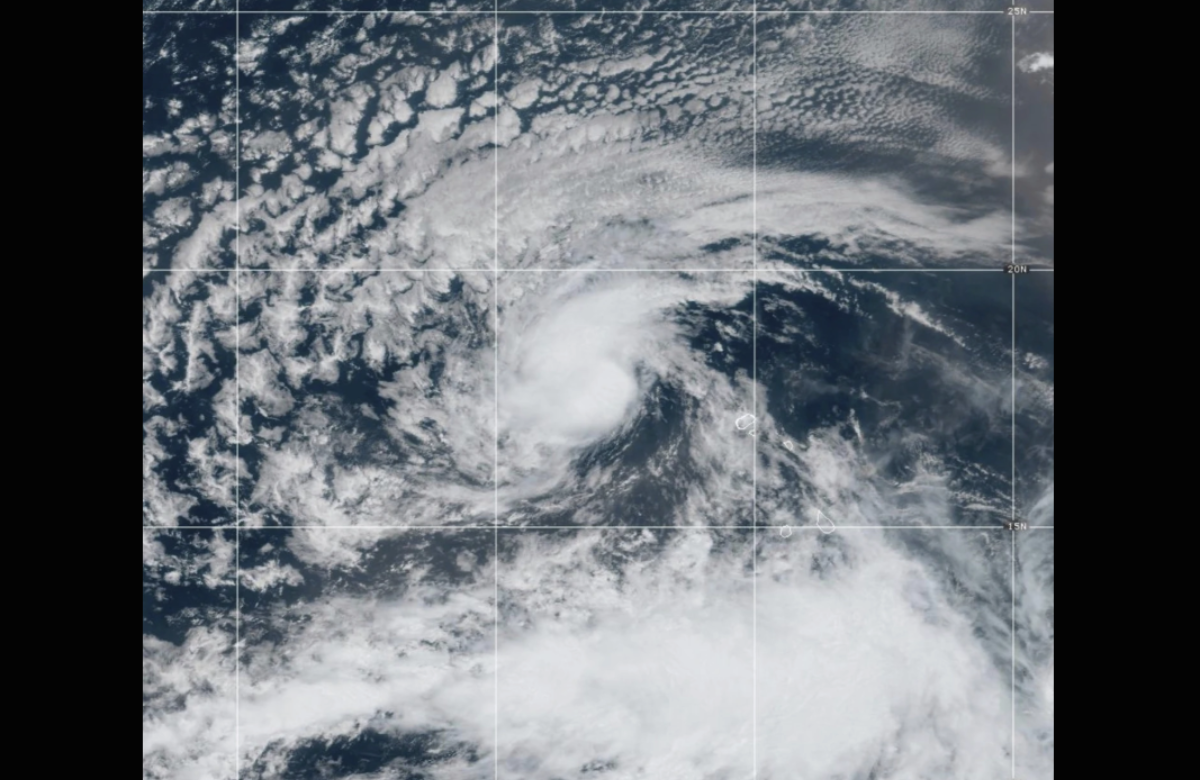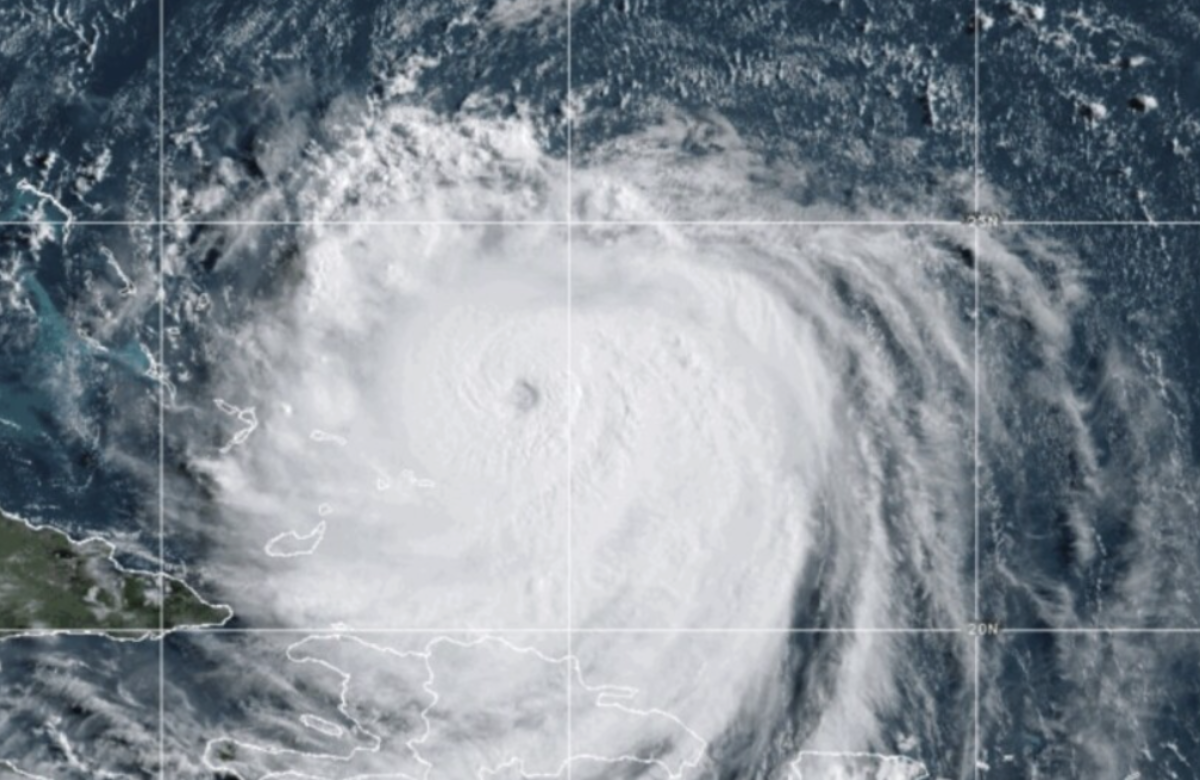Potential Aurora Displays and Solar Storm Impacts
Colorful auroras might be visible in unusual locations like Alabama and Northern California on Thursday evening, thanks to a powerful solar flare and coronal mass ejection from the sun, as reported by the National Weather Service’s Space Weather Prediction Center.
This intense solar storm was initially rated a level 4 on a scale of 1 to 5, and it may cause disruptions in communications, the power grid, and satellite operations. The storm hit Earth at 11:17 a.m. ET on Thursday and is expected to continue affecting conditions through Friday. Strong storm conditions (G3) were noted at 11:49 p.m. ET, with scientists confirming that the storm reached G4 levels by 12:57 p.m. ET.
This week has seen a series of intense X-class solar flares from the sun, which coincided with coronal mass ejections (CMEs) that occurred on Tuesday. CMEs are massive clouds of ionized gas and magnetic fields that erupt from the sun’s outer atmosphere. When directed toward Earth, they can lead to geomagnetic storms that disrupt the planet’s magnetic field.
The solar storm reached Earth at a staggering speed of 1.5 million miles per hour (about 2.4 million kilometers per hour), arriving at the Deep Space Climate Observatory and the Advanced Composition Explorer satellites—located about 1 million miles from Earth—approximately 15 to 30 minutes earlier.
These satellites monitor the storm’s speed and magnetic intensity, according to Shawn Dahl, a service coordinator at the Space Weather Prediction Center, who spoke at a Wednesday news briefing.
The Space Weather Prediction Center warns that these geomagnetic storms can affect both near-Earth infrastructure and surface operations. Consequently, they have alerted the Federal Emergency Management Agency, the North American power grid, and satellite operators to prepare for potential disruptions, particularly in light of ongoing preparations for Hurricane Milton.
While G4 storms are typical during a solar cycle, G5 storms—like the extreme one that occurred on May 10—are rare. Dahl noted that this current storm has a 25% chance of escalating to G5 status.
Rising Solar Activity and Auroral Expectations
As the sun approaches its solar maximum—the peak of its 11-year cycle expected this year—it is becoming increasingly active, with researchers noting a rise in intense solar flares.
This heightened solar activity leads to the formation of auroras, commonly known as the northern lights (aurora borealis) in the northern hemisphere and the southern lights (aurora australis) in the southern hemisphere. When energized particles from coronal mass ejections interact with Earth’s magnetic field, they create colorful lights in the atmosphere.
Currently, scientists at the prediction center anticipate that visible auroras may appear in central eastern states and the lower Midwest. However, it’s uncertain whether this storm will lead to a widespread auroral display like the G5 event in May. If the storm does escalate to G5 status, auroras could potentially be seen across southern states and other parts of the world.
The chances of seeing auroras have significantly increased as nights grow longer this time of year. For instance, observers in the U.S. witnessed the northern lights during a recent G3 storm just an hour or two after sunset. Moreover, even if the auroras aren’t visible to the naked eye, camera sensors—including those in smartphones—can still detect them, according to officials at the center.
Officials from the National Oceanic and Atmospheric Administration recommend checking the center’s aurora dashboard, which provides real-time updates on the likelihood of auroras appearing in specific areas. This tool can show potential sightings within minutes of receiving new data
Monitoring Solar Activity and Anticipating Storm Impacts
Researchers are closely monitoring the increased solar activity, as it provides insight into the sun’s current phase in its cycle. The speed of Tuesday’s coronal mass ejection surprised scientists at the center, as it was the fastest recorded in this solar cycle. However, this doesn’t necessarily indicate that the peak solar activity is happening right now. Historical data shows that some of the most significant storms can occur after the peak.
NOAA scientists do not expect this week’s storm to exceed the intensity of the one experienced in May. The last G5 storm before that occurred in 2003, which caused power outages in Sweden and damaged transformers in South Africa.
During the May geomagnetic storm, John Deere reported disruptions for some of its customers who rely on GPS for precision farming. However, overall, power grid and satellite operators managed to keep satellites functioning properly and mitigated the buildup of intense geomagnetic currents on the grid. Dahl noted that the May storm was the best-managed space weather event in history.
Dahl explained, “We are in the midst of solar maximum right now; we just don’t know if we have reached the peak yet. That will be determined later, possibly sometime this year or early next year.” He added that we can expect continued solar activity throughout this year, into next year, and even into early 2026.















